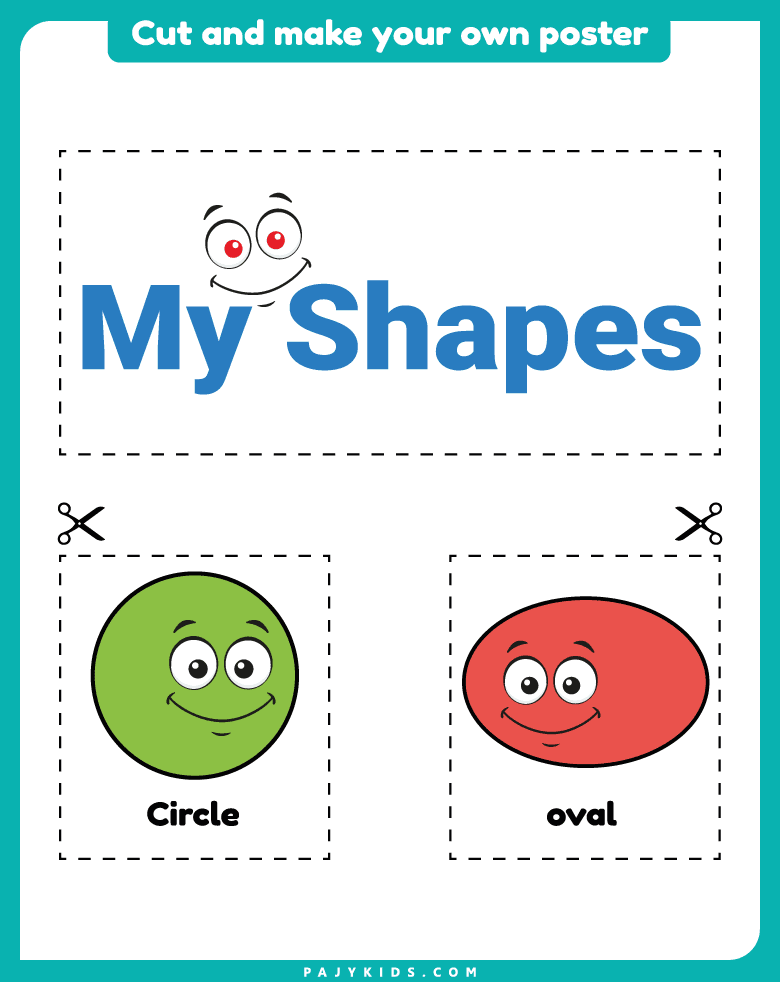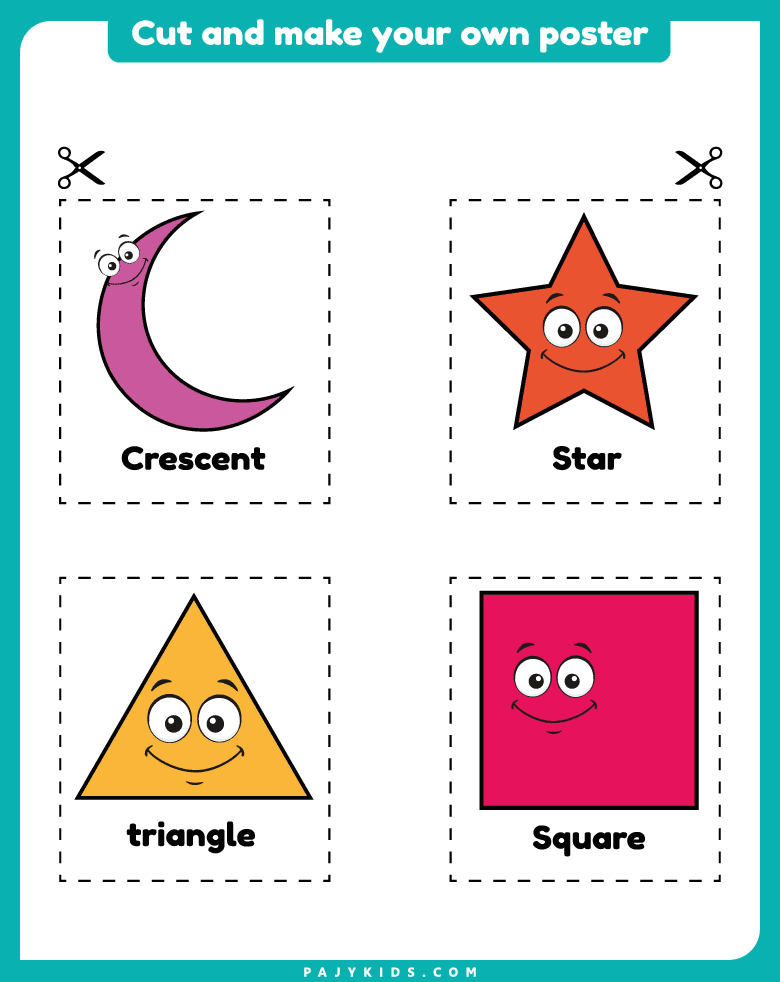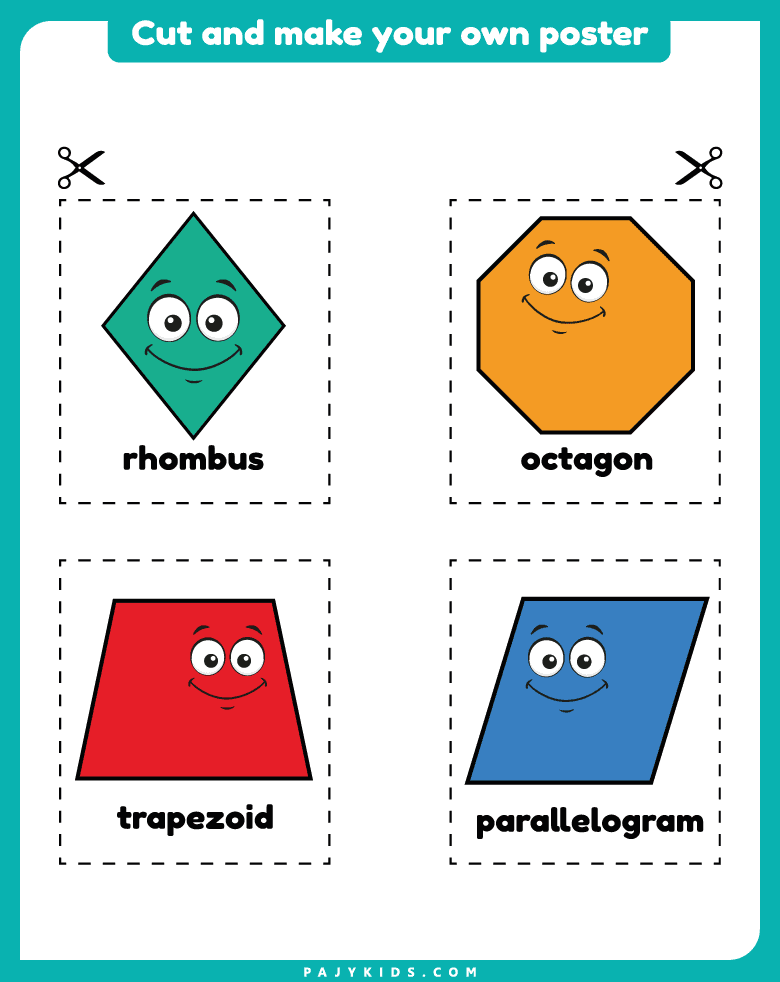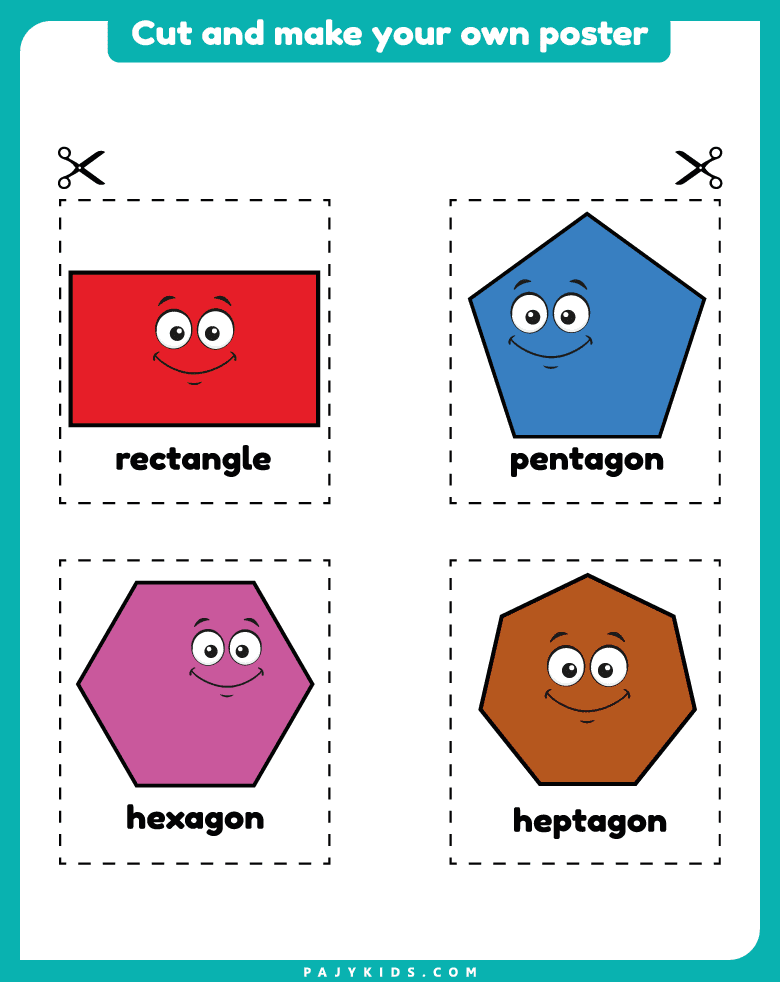Table of contents
Shapes for Preschool: Developing early math skills is crucial for kindergarten students, and introducing geometric concepts in a hands-on, engaging way is key. Cut and paste activities provide a fantastic, multi-sensory approach to learning about shapes. These activities not only teach children to recognize and name basic forms like circles, squares, and triangles but also enhance fine motor skills, hand-eye coordination, and spatial reasoning—all while reinforcing English vocabulary related to geometry. By integrating fun cutting and gluing tasks, educators can transform abstract concepts into tangible learning experiences that capture the imaginations of young learners.
Shapes for Preschool: Fine Motor Skills and Shape Recognition
Cut and paste shape activities serve a dual purpose in the kindergarten classroom. Primarily, they are excellent tools for teaching shape recognition. Children are actively involved in manipulating the shapes, which strengthens their visual memory of each form’s attributes. The process of cutting along lines and carefully placing the pieces helps them internalize the characteristics of a circle’s curve or a square’s four equal sides. Secondly, the cutting and pasting itself significantly boosts fine motor skill development. Precisely using scissors and accurately placing small paper pieces are foundational skills necessary for later writing and drawing. Integrating these kinesthetic actions with shape identification makes “learning shapes for preschool” a comprehensive, skill-building exercise.

Vocabulary Building and Spatial Reasoning
These activities are highly effective for language acquisition, specifically English vocabulary related to geometry. As children cut and paste, teachers can consistently use and reinforce terms like “cut,” “paste,” “glue,” and the names of the shapes (“triangle,” “rectangle”) and their properties (“side,” “corner”). Beyond simple recognition, assembling a picture or pattern using pre-cut shapes introduces early concepts of spatial reasoning. For instance, creating a “shape person” requires understanding how a circle fits on top of a rectangle, or how two triangles can form a diamond. This practical application of geometric knowledge elevates the learning of “basic shapes for preschool” from rote memorization to meaningful construction.

Differentiation and Creativity
Cut and paste activities are easily adaptable to meet the needs of all learners in a kindergarten classroom, providing simple avenues for differentiation. For students who require more support, pre-drawn cutting lines or larger shapes can be used, while advanced learners can be challenged to create more complex scenes or patterns using a wider variety of shapes, such as trapezoids or hexagons. This flexibility also allows for immense creativity. Instead of simply matching a shape to its outline, children can be encouraged to use the cut shapes to build pictures—a house, a truck, or an animal. This imaginative approach makes learning about shapes for preschool an open-ended, artistic endeavor that encourages problem-solving.

Shapes for Preschool: Assessment and Engagement
The tactile nature of cut and paste activities inherently increases student engagement. When children are actively moving, cutting, and placing materials, they are more focused and motivated than during traditional worksheet tasks. Furthermore, the completed craft or artwork serves as a natural and non-intimidating form of assessment. By reviewing a child’s finished product, an educator can quickly and visually determine their level of proficiency in shape identification, fine motor control, and following instructions. This method offers a clear, demonstrable understanding of their grasp of shapes for preschool concepts, making it a valuable tool for tracking developmental progress in a fun and child-friendly manner.
Shapes for Kindergarten: Educational Flashcards to Boost Spatial Reasoning Skills
